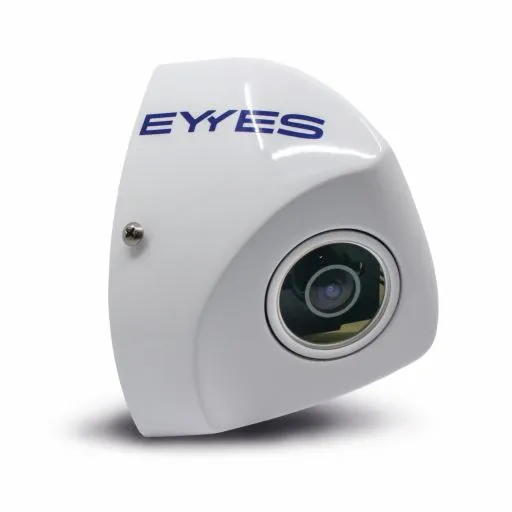Bosch has revealed that its driver drowsiness detection system, first introduced as a standard feature in 2010, in the new Volkswagen Passat is being fitted to the new Passat Alltrack. Fatigue and microsleep at the wheel are often the cause of serious accidents. However, the initial signs of fatigue can be detected before a critical situation arises, and the Bosch system can do this by monitoring steering movements and advising drivers to take a break in time. The required information is provided either by
May 2, 2012
Read time: 3 mins
Fatigue and microsleep at the wheel are often the cause of serious accidents. However, the initial signs of fatigue can be detected before a critical situation arises, and the Bosch system can do this by monitoring steering movements and advising drivers to take a break in time. The required information is provided either by the car’s electric power steering system, or by the steering angle sensor, which is part of the car's ESP anti-skid system. Bosch says that the feature can therefore be installed cost-effectively and helps further increase road safety.
The influence of fatigue on accidents has been demonstrated in a number of studies. In 2010, the
Fading concentration and fatigue compromise the driver’s steering behaviour and response time. Fine motor skills deteriorate, and steering behaviour becomes less precise. The driver corrects small steering mistakes more often. The new driver drowsiness detection function is based on an algorithm which begins recording the driver’s steering behaviour the moment the trip begins. It then recognises changes over the course of long trips, and thus also the driver's level of fatigue. Typical signs of waning concentration are phases during which the driver is barely steering, combined with slight, yet quick and abrupt steering movements to keep the car on track. Based on the frequency of these movements and other parameters, among them the length of a trip, use of turn signals, and the time of day, the function calculates the driver's level of fatigue. If that level exceeds a certain value, an icon such as a coffee cup flashes on the instrument panel to warn drivers that they need a rest. The Bosch Driver Drowsiness
Detection function addresses an important aspect of the driver's condition, and can thus contribute to improving road safety.








